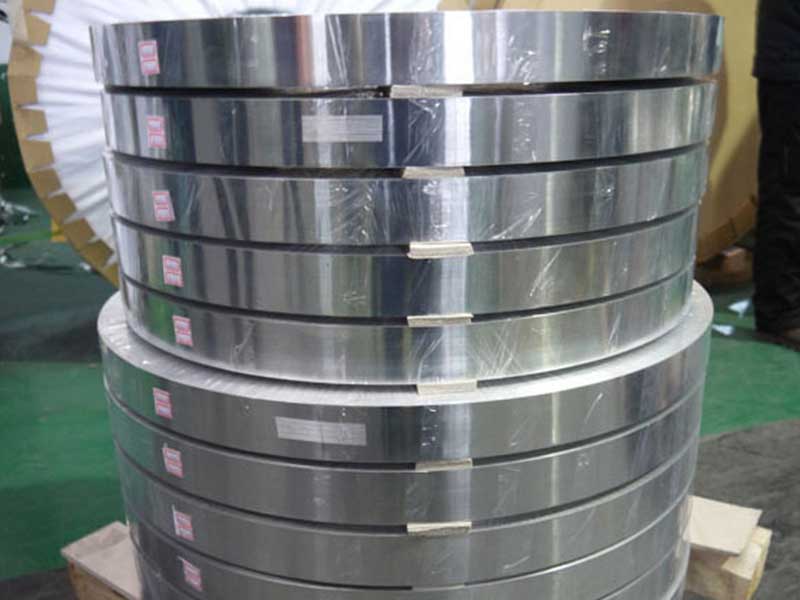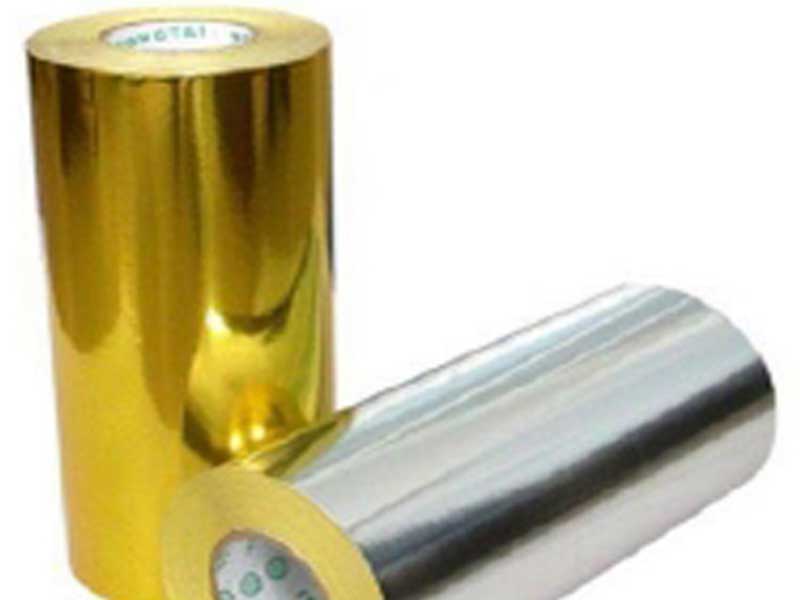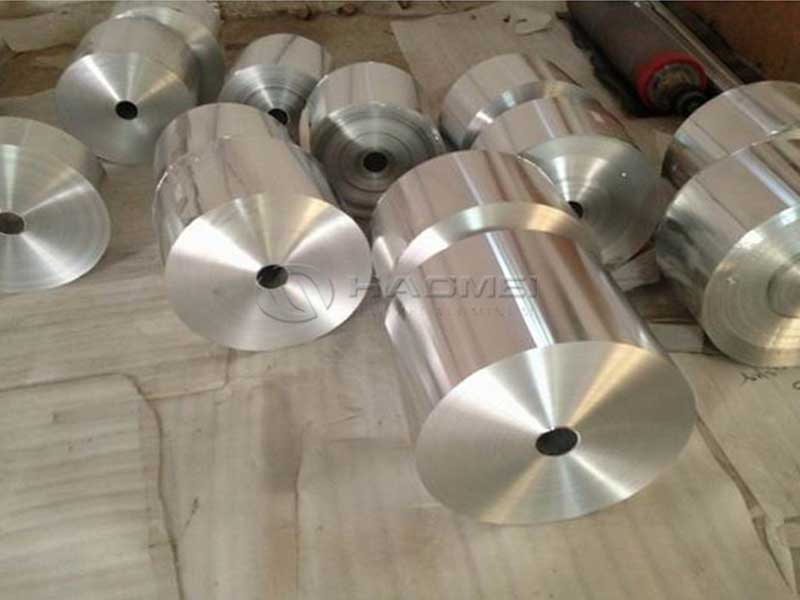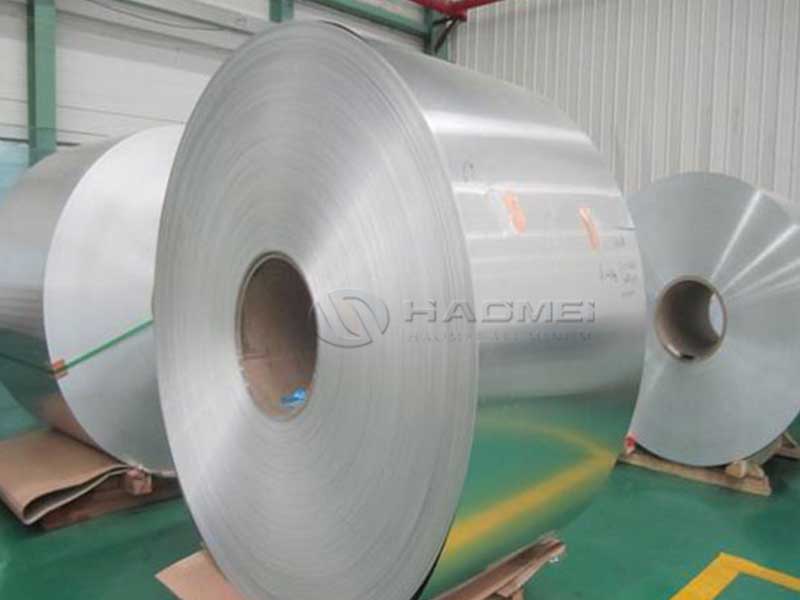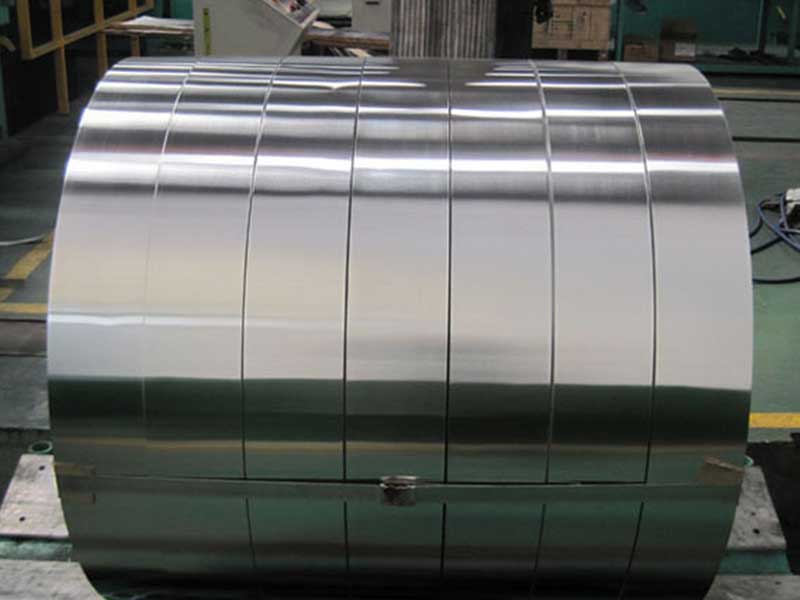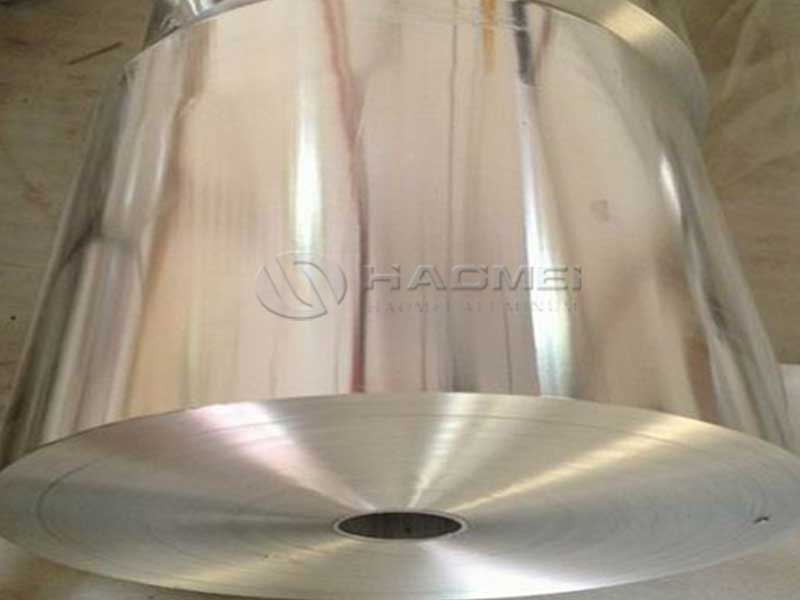O-H12 Temper and 8011 Alloy Aluminum foil
When you think about aluminum foil, the first image that probably pops into your mind is a shiny sheet wrapping leftovers or covering a bite of your favorite snack. But beneath that everyday convenience lies a pretty fascinating blend of science and engineering—especially when we talk about something like 8011 alloy aluminum foil in O-H12 temper.
What’s 8011 Alloy All About?
The 8011 aluminum alloy is kind of the unsung hero in the aluminum world. Unlike prime alloys known for structural uses (think airplanes and cars), 8011 leans in more towards packaging and consumer goods. Its claim to fame? A generous helping of iron and manganese, typically giving it excellent corrosion resistance and decent strength.
Working with O-H12 temper and 8011 alloy aluminum foil daily reveals nuances often overlooked in standard specifications. The O-H12 temper, essentially a half-hard state, presents a fascinating challenge in processing. Its slightly increased strength compared to fully annealed O-temper necessitates careful adjustments to our rolling mills to avoid tearing or cracking during production, especially when handling thinner gauges. We've found that subtle variations in rolling speed and lubricant application significantly impact the final product's surface finish and dimensional accuracy. Furthermore, the inherent work hardening of O-H12 means that even minor variations in initial material characteristics can lead to unexpected variations in the final product's properties, requiring meticulous quality control throughout the manufacturing process.
The 8011 alloy itself contributes to the overall complexity. Its higher manganese content compared to other common aluminum foil alloys like 1050 or 1235 makes it more susceptible to certain forms of corrosion in specific environments, a fact we constantly account for when advising clients on appropriate applications. We've seen instances where seemingly minor changes in storage conditions, such as elevated humidity, lead to accelerated degradation. Consequently, a deeper of the alloy's chemistry and its susceptibility to environmental factors is crucial for successful application, and we often provide customized handling and storage recommendations to ensure client satisfaction and prevent premature failure of the finished foil.
In plain terms, if you’re dealing with something that’ll get wet or come into contact with all kinds of food—even acidic stuff like ketchup—it does its job snugly without breaking down or letting nasty flavors through.
O-H12 Temper: Not Just a Fancy Label
Okay, so what about this "O-H12" temper thing? Temper simply means how the metal’s been treated or “conditioned” to make it ready for action. You might have heard of "O" temper standing for annealed (soft) foil—easy to mold but not super stiff—and "H" tempers indicating varying degrees of hardness or work-hardening.
O-H12 specifically means the aluminum foil is in an “O” (annealed) condition but then partially work-hardened to an intermediate level decribed by the “H12” designation. If pure O temper is your soft, go-with-the-flow aluminum and H19 is rock-solid hard foil, H12 sits comfortably in between; it’s not too soft, not too stiff.
This means the foil can flex and wrap but won’t easily tear or deform unless you want it to. Handy for pealing food or when your recipe calls for a solid “foil lid” over dishes without worrying about pieces falling into your casserole.
Marrying 8011 Alloy with O-H12 Temper: What Makes it Special?
Putting the 8011 alloy in O-H12 temper is like finding that perfect kid glove fit—tough enough to face daily kitchen or industrial tasks but flexible enough not to snap overnight.
- Excellent corrosion and chemical resistance: Because of the iron and manganese content, the 8011 foil withstands alcohols, ketones, and food acids better than many other alloys. No messing about flavor profiles or what breaks down;
- Controlled strength and flexibility: Otherwise stiff aluminum would break during packaging or consumer use—O-H12 tempers that just right;
- Smooth finish and excellent barrier: Foil lap apps demand that food/pathogen/moisture barrier and surface aesthetics is good from factory to table, which O-H12 aids;
- Economic usability: 8011 alloys are more economical than lots of fancy aerospace alloys. Scaling business or even something as informal as conserving kitchen supplies balances function and price.
Practical Applications You’ve Probably Already Seen
- Food Wrapping: From sandwich wraps to frozen dinners, this combo keeps your meals sealed in safe micro-environments with oral sealing during cooking or freezing.
- Pharmaceutical Blister Packs: The high resistance foil acts as barriers against moisture and contaminants preserving medicine integrity.
- Household Foil Products: Think trays, lids, household storage hybrids—anywhere compromise on getting durable sealing material you can trust matters.
- Industrial Packaging Layers: Higher corrosion potential environments or exposure to moderate temperature ranges? O-H12 8011 compounds provide steady protection in wrapping volatile liquids or fragile components.
The Takeaway?
Your seemingly simple food wrap hides an intelligently-sized chunk of science coded as 8011 alloy in O-H12 temper. With this suited pair, you get durability without stiffness, corrosion resistance without sacrificing work ease, and excellent packaging integrity across health, consumer, and industry demands—all in a thin, silvery sheen lurking quietly in your fridge or clinic.
Next time you toss that foil out—remember: That’s smart metal engineering doing some subtle good. Not all superheroes wear cloaks; some fold firmly around your leftovers.
—
Got more technical food wrapping puzzles? Let me know—I love talking aluminum alloys anytime.
https://www.al-alloy.com/a/o-h12-temper-and-8011-alloy-aluminum-foil.html


